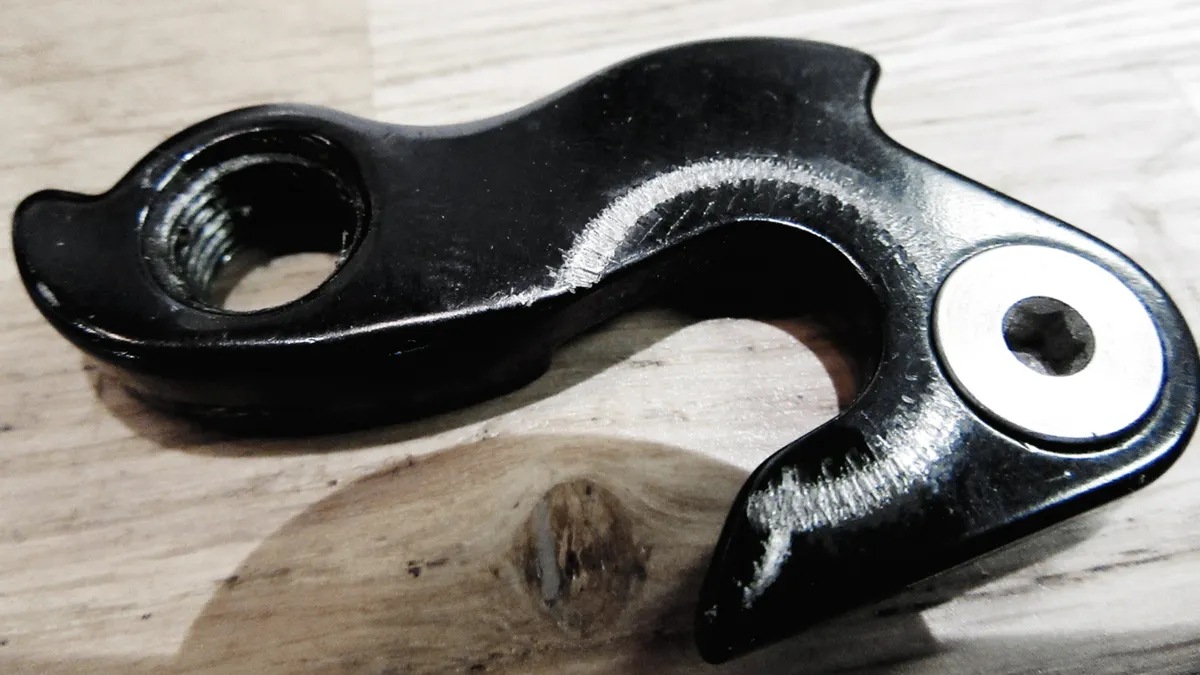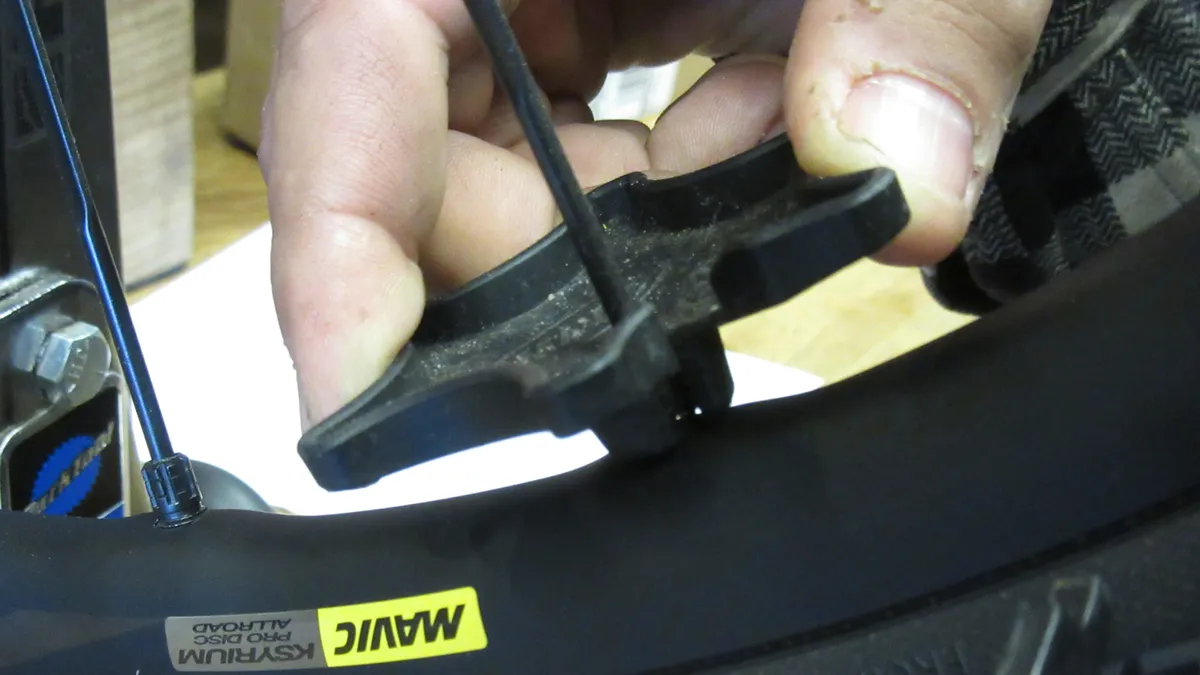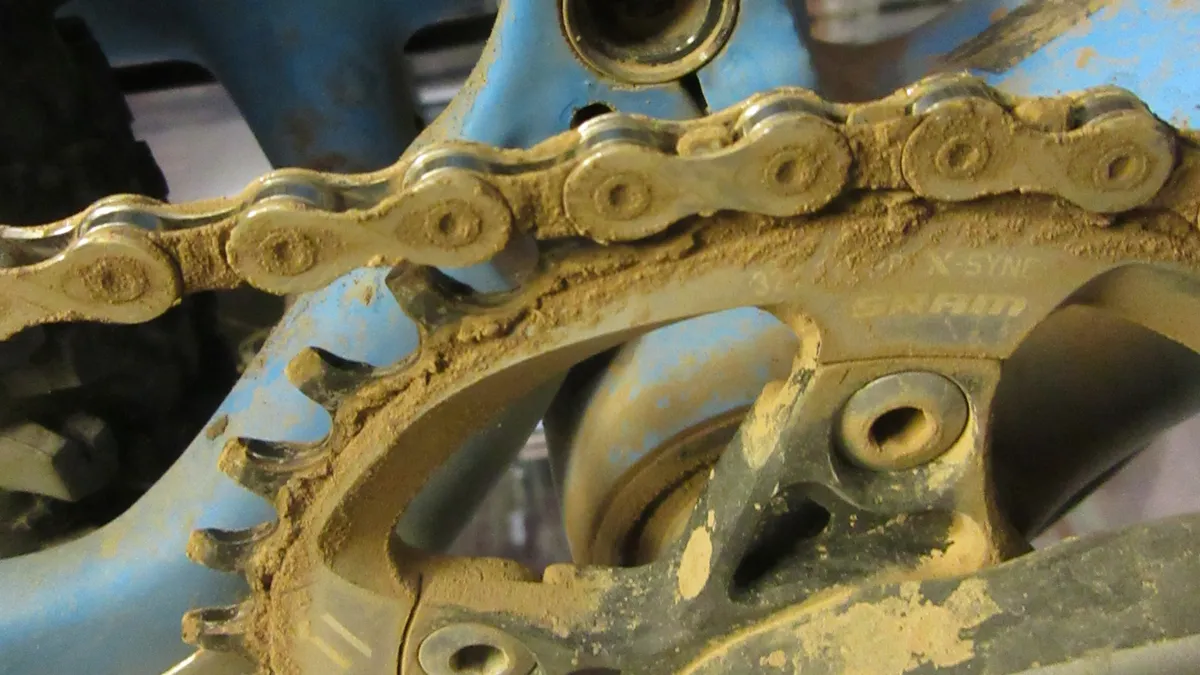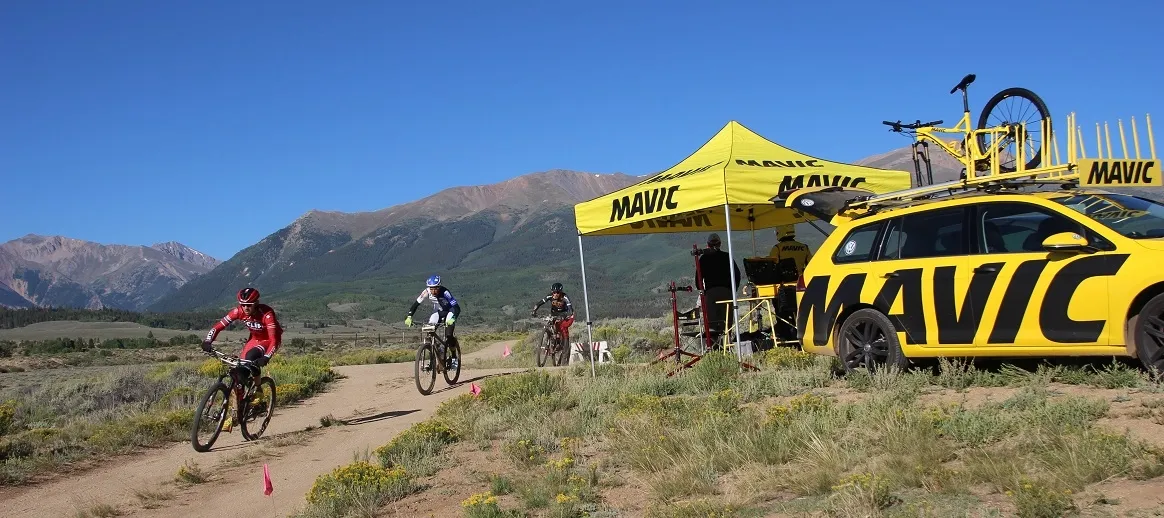As head of Mavic’s special service course in the US and a longtime veteran of neutral support, Mark Niemiec has seen all manner of things go wrong with bikes. Many of these issues, however, could have either been avoided or easily fixed by the rider, had that rider done some easy maintenance or just been a little bit prepared.
- BikeRadar tests Specialized S-Works Epic at Leadville 100
- Plan your big cycling adventure for next year - event suggestions and tips
This year, Mavic provided neutral support for the Leadville Trail 100. Of the 2,100 riders who entered the race, about 350 spent some quality time with Niemiec and the Mavic crew getting their bikes worked on at some point. While Niemiec and his crew are great folks, you probably don't want to meet them during your event out of necessity. And obviously, on normal days when you are just out riding alone or with friends, there is no neutral support!
In the interest of being a little more self-sufficient wherever you're riding, here is Niemiec list of top five fixes that every rider should be able to do.
1. Hang a derailleur
“Carrying a second derailleur hanger and knowing both how to install it and dial in the adjustments on your derailleur might be at the top of the list," Niemiec says. "Most hangers are stamped aluminum. They’re intentionally weak and designed so that they break before your frame does. If you do enough riding you’re going to bust one, it’s a 'when' not an 'if'. I’d suggest buying at least one alternate and keeping it on you when riding any longer distance."

"You should also practice throwing it on. It’s super easy, usually just a couple turns of an Allen and some tweaking of the stop screws and tension adjustments to dial it in. Three or four minutes tops. There are also literally hundreds of different hanger designs now, so there’s no assurance that neutral support or your local bike shop will have yours handy in the event of failure. And again, it’s designed to fail!"
Video: How to replace a derailleur hanger
2. Patch a sidewall
“I’m always surprised how few people know how to patch a sidewall, or will blow through multiple tubes thinking they don’t need to," Niemiec says. "We always give a ton of tires out, which we’re happy to do, but it’s such an easy fix and you can do it with just about anything. Gel packets are easy to come by if you’re doing an endurance race, dollar bills will work, even leaves might suffice in a pinch. My favorite though is Gorilla Tape. Just wrap some around your CO2 cartridge and you’ll have enough to get you through just about any ride."
3. True a wheel
"You don’t need to be a backwoods wheel maker. But knowing how to make basic tension adjustments to spokes where needed, in case one breaks or comes loose, falls under the 'It’s too easy to learn to not know how' category," Niemiec says. "And the results can be catastrophic for your wheels, fast, if you don’t. Mavic wheels all come with a nipple wrench and that’s the case with a number of wheel manufacturers, so you really have no excuse!"

Video: How to true a bike wheel
4. Fix a broken chain
"I can’t tell you how many people walked long distances — we had one person walk three miles! — to one of our pits at Leadville just to push in a pin or put a master link on," Niemiec says. "I probably fixed a couple dozen chains myself. Know what you need to fix your specific chain, learn how to use it — a couple minutes on YouTube should teach you everything you need to know — and carry it with you. You’ll definitely be happy you did at some point."
Video: How to fix a broken chain
5. Clean and lube
"I remember cringing at the sheer number of bikes lined up at the Leadville starting line with dirty, un-lubed chains and dirt crusted onto down tubes and suspension parts," says Niemiec. "So many of the problems we end up working through on-course could easily have been addressed pre-race with some water and lube. Someone smarter than me pointed out that friction is the enemy of speed. Dirt and mud are the most preventable causes of friction, so, clean up your act. Chances are you’re probably spending into the four figures to be at a race like Leadville when it’s all said and done. Think of preventative maintenance as insurance on that investment. If you don’t want to do it yourself, it’s totally worth taking your bike down to the shop for a once over."


